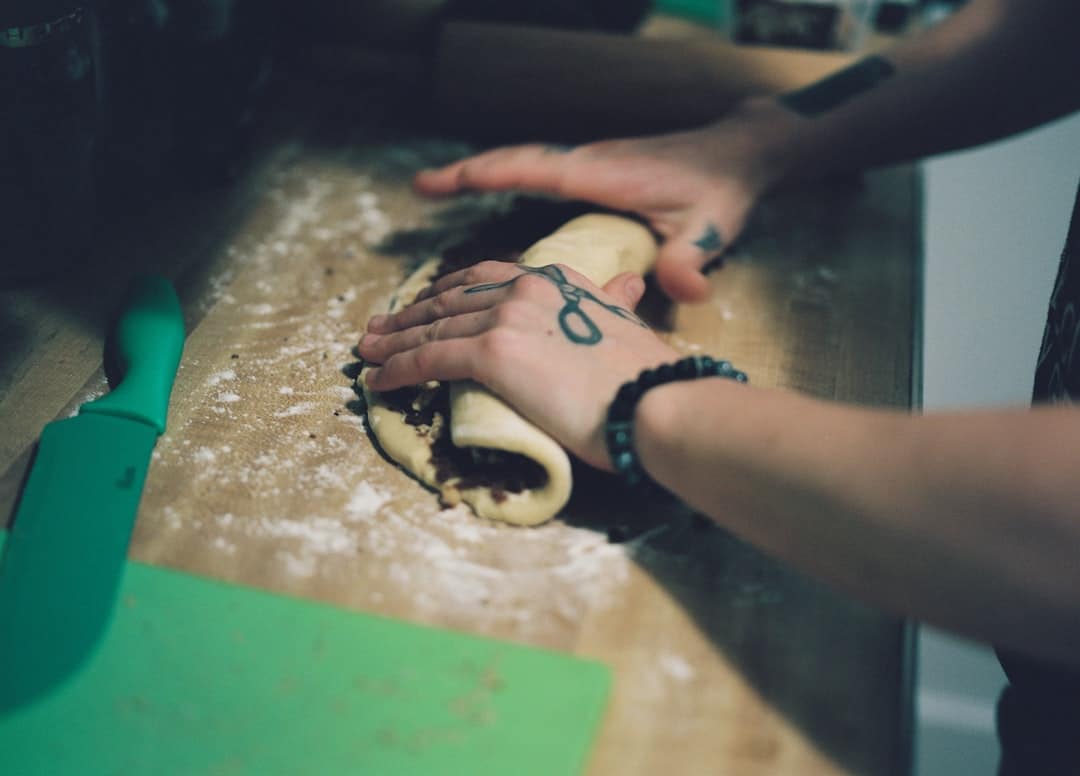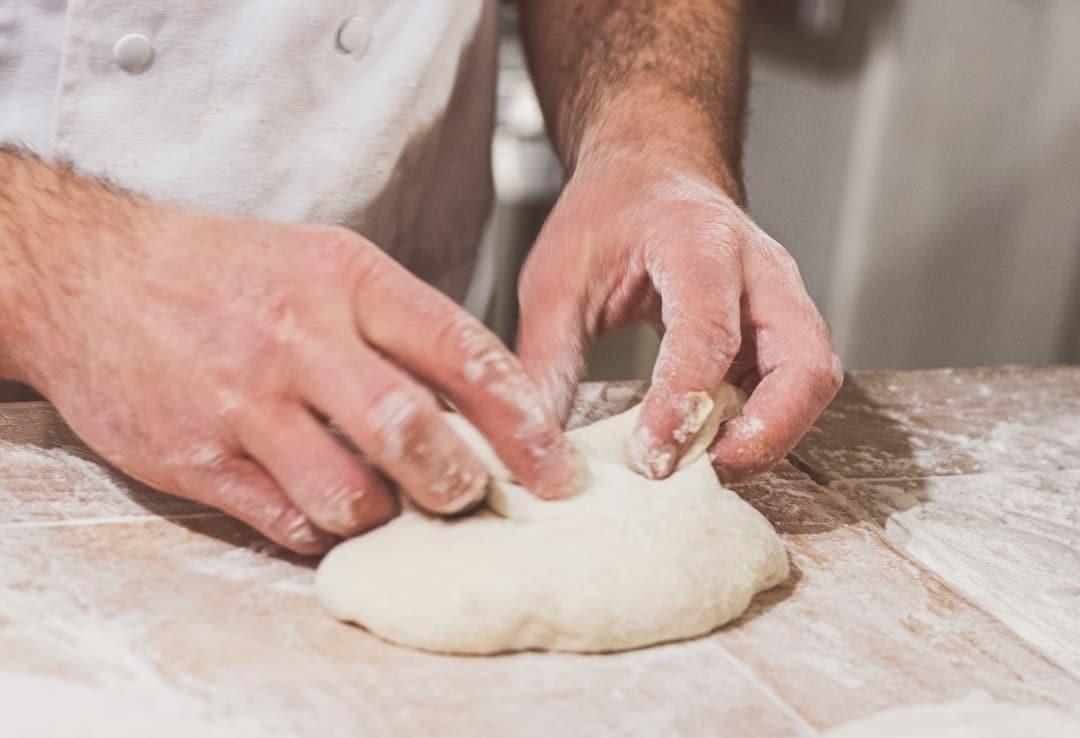|
IN BRIEF
|
Ah, the dough! This wonderful mixture that allows us to create culinary masterpieces like pizzas, pies or pasta. But there are days when all your good mood comes crashing down when you realize your dough is tearing at the most unexpected moment. Don’t panic! In this article, we’ll explore the reasons that can lead to this frustrating little incident and how to fix it. Whether you’re a budding cook or a kitchen whiz, you’ll be delighted to learn how to avoid this inconvenience. Ready to roll up your sleeves? Let’s go!
Ah, the dough! This kitchen essential, whether for pizza, pie or fresh pasta. But what to do when it starts to tear, crumble or have holes? Don’t panic, in this article we’ll explore the different reasons why your dough may be behaving temperamentally and how to fix this problem in no time!
Bad kneading
Kneading is a crucial step in preparing the dough. If this one is poorly executed, this can lead to disasters. A poorly kneaded dough will not have the flexibility necessary to stretch properly. This may cause tearing when displaying. To avoid this, don’t hesitate to invest a little more time in this step and pay attention to the texture of your dough.
The choice of flour
Oh, the flour! What a beautiful raw material, but be careful, not all are equal! If you use flour too high in gluten, your dough may fold on itself. Conversely, flour low in gluten will not give the required structure. Choose your flour wisely, depending on the recipe and type of dough you are making.
Inadequate rest time
Patience is the key word! After kneading your dough, it is essential to give it a rest adequate. If you mistreat it by spreading it immediately, it may tear. Let it sit in the fridge for at least 30 minutes! This will allow the gluten to relax and your dough to become much more manageable.
Moisture of the dough
Too much dough humid can also be a culprit. If your dough tears when passed under the rolling pin, it may have absorbed too much water. In this case, just add a little extra flour to give it more hold. It is always best to start with a slightly less moist mixture and adjust as you go.
Additives in flour
Let’s talk a little about additives… If your flour contains a excess ascorbic acid or other agents, it may affect the texture of your dough. These substances can make the dough too elastic, which can easily cause tears. Check the ingredients of your flour to avoid such inconveniences.
How to fix torn dough?
Don’t throw your torn dough in the trash! There are tips to save it. One method is to pinch gently the torn edges with your fingers, or use a rolling pin to gently roll out the dough. Be careful not to push too hard, as this could make the problem worse. For more tips, you can check out this article for fixing torn pasta here.
Additional advice
Be aware that some types of pasta, such as those made from sugar paste, can also tear for other reasons, such as the type of cake used. In this case, make sure you have a good cream to apply underneath. Finally, for additional help, don’t hesitate to check out online cooking forums or groups where other enthusiasts share their experiences and solutions here.

Why is my dough tearing?
Having dough that tears during preparation can be frustrating, especially when you’re looking forward to enjoying a delicious pizza or cake. In this article, we’ll explore the common reasons that can cause this inconvenience and give you some tips to prevent it from happening again. Let’s go!
Common reasons for tearing
There are several factors which may explain why your dough is tearing. One of the main culprits could be the flour that you use. By choosing flour that is too strong, rich in gluten, you risk making your dough too elastic and difficult to handle. Consider switching to suitable, less “powerful” flours.
Another aspect to consider is the kneading technique. Insufficient or too long kneading can alter the texture of your dough. This is because incorrect kneading can prevent the gluten from developing properly, making the dough fragile and prone to tearing.
The dream of rest
Do not neglect it: rest time of your dough is crucial! After kneading your dough, give it a rest for at least 30 minutes in the refrigerator. This will allow the gluten to relax and develop better, preventing tearing when displaying.
Pay attention to hydration
There consistency of your dough also plays a fundamental role. If your dough is too wet, it will be more likely to tear. Add a little more flour if you notice your dough is sticky, and make sure to incorporate it well.
Little tips for fixing torn dough
If you ever find yourself with dough that is already torn, don’t panic! You can try moistening it slightly to soften it, before folding it gently. This can help reference gluten and prevent further tearing. Remember to be gentle in your actions!
For more detailed information or advice on other types of pasta, feel free to check out resources like Lesaffre Algeria, or even Ooni Pizza Ovens.
Remember, it’s common to encounter difficulties in the kitchen, but with a little patience and these tips, your pasta will live up to your expectations. Have fun in the kitchen!
Causes of dough tearing
| Postman | Solution |
| Bad kneading | Check the kneading technique and knead sufficiently. |
| Flour quality | Choose a flour suitable for the type of dough you are preparing. |
| Insufficient rest time | Let the dough rest for at least 30 minutes in the cold. |
| Excess humidity | Adjust the quantity of flour according to the ambient humidity. |
| Gluten surfactification | Choose flour with a good balance of gluten. |
| Inadequate ingredients | Check additions like ascorbic acid and adjust. |
| Dough too closed | Spread the dough gently to avoid breaking. |
| Excess yeast | Do not add too much yeast to avoid over-fermentation. |

- Bad kneading: Incorrect technique can weaken your dough.
- Inappropriate choice of flour: Flour with too much gluten can make the dough too stiff.
- Expiration of flour: Older flour may lose its properties.
- Insufficient rest time: Not enough time to relax the dough can result in tears.
- Excessive humidity: Too much water makes the dough sticky and more prone to tearing.
- Increased ascorbic acid: Too much can disrupt the texture of the dough.
- Pushed to the display: Rough handling during display can cause tearing.
- Properties of the cake: Inadequate cake texture can affect the sugar paste.
- Excessive fermentation: Dough that is too fermented becomes fragile.
- Thermal inconsistency: Temperature variations can also play a role.






